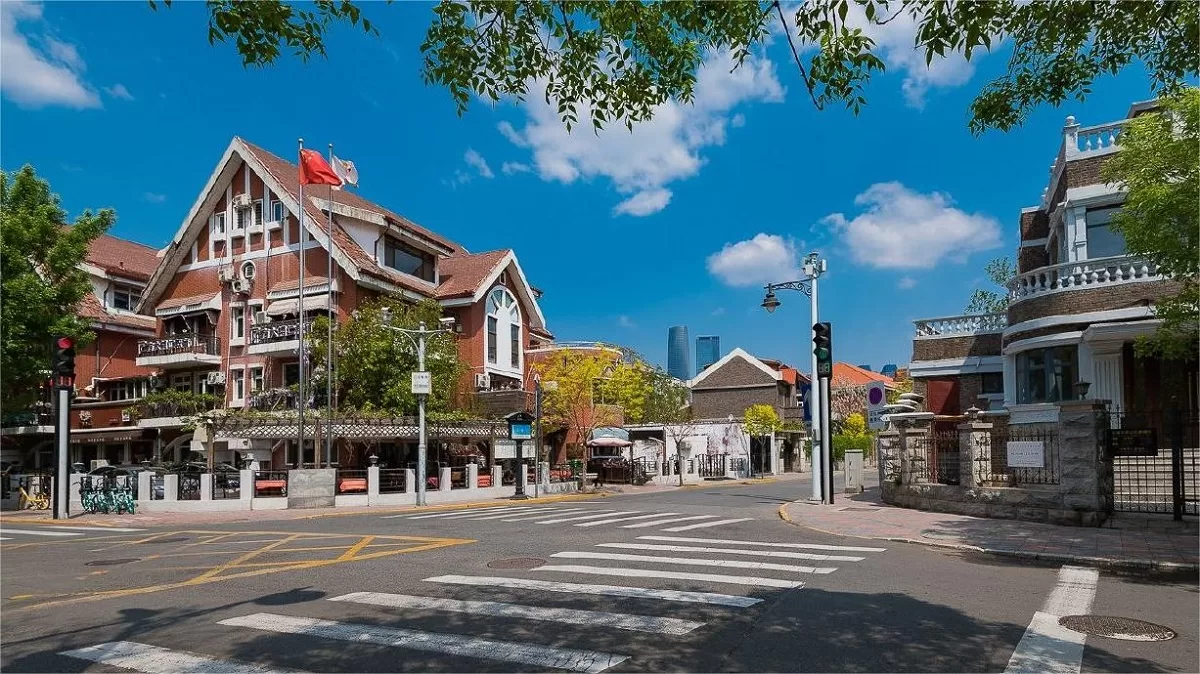Tianjin, situated in northeastern China, is a bustling metropolis with a rich history, vibrant culture, and a climate that reflects the diverse seasons of the region. The city experiences a temperate continental climate, characterized by distinct seasons and notable temperature variations throughout the year. Understanding Tianjin’s climate is essential for residents, visitors, and anyone interested in the dynamic weather patterns that shape the city’s atmosphere.
Spring in Tianjin marks the awakening of nature after the cold winter months. Beginning in March and extending through May, temperatures gradually rise, bringing relief from the chill. Spring is a season of blossoming flowers and vibrant greenery, creating a picturesque landscape. During this time, temperatures range from mild to warm, with average highs ranging from 14 to 24 degrees Celsius (57 to 75 degrees Fahrenheit). Spring showers are not uncommon, contributing to the city’s overall sense of renewal.
As spring transitions into summer, Tianjin experiences a notable increase in temperature. June, July, and August constitute the summer months, characterized by hot and humid weather. Average temperatures during this period range from 24 to 32 degrees Celsius (75 to 90 degrees Fahrenheit). Summer in Tianjin is marked by occasional rain showers and thunderstorms, providing temporary relief from the heat. The city’s residents often seek refuge in air-conditioned spaces and indulge in refreshing outdoor activities during the cooler evenings.
Autumn in Tianjin is a season of transition, marked by a gradual decrease in temperature and the transformation of foliage into vibrant hues of red, orange, and yellow. Spanning from September to November, autumn temperatures range from 13 to 23 degrees Celsius (55 to 73 degrees Fahrenheit). This season is considered by many as the most comfortable and pleasant time to explore the city, with clear skies and moderate temperatures making outdoor activities enjoyable.
Winter in Tianjin, from December to February, brings a significant drop in temperature. Cold winds from Siberia sweep across the region, causing temperatures to plummet. Average winter temperatures range from -4 to 6 degrees Celsius (25 to 43 degrees Fahrenheit). Snowfall is not uncommon, turning the city into a winter wonderland. Tianjin’s residents bundle up in warm clothing, and indoor heating becomes essential for comfort during the chilly winter months.
Tianjin’s climate is heavily influenced by its proximity to the Bohai Sea and the complex terrain of the surrounding area. The sea exerts a moderating effect on temperatures, preventing extreme temperature fluctuations. However, the city is also susceptible to the influences of the East Asian monsoon, which brings variations in precipitation and contributes to the seasonal changes.
In conclusion, Tianjin’s climate is a reflection of the diverse seasons that shape the city’s landscape throughout the year. From the rejuvenation of spring to the warmth of summer, the transitional beauty of autumn, and the chilly embrace of winter, each season contributes to Tianjin’s unique charm. Understanding the climate is not only essential for practical purposes but also enhances the appreciation of the city’s natural beauty and cultural activities that unfold against the backdrop of its ever-changing weather.


